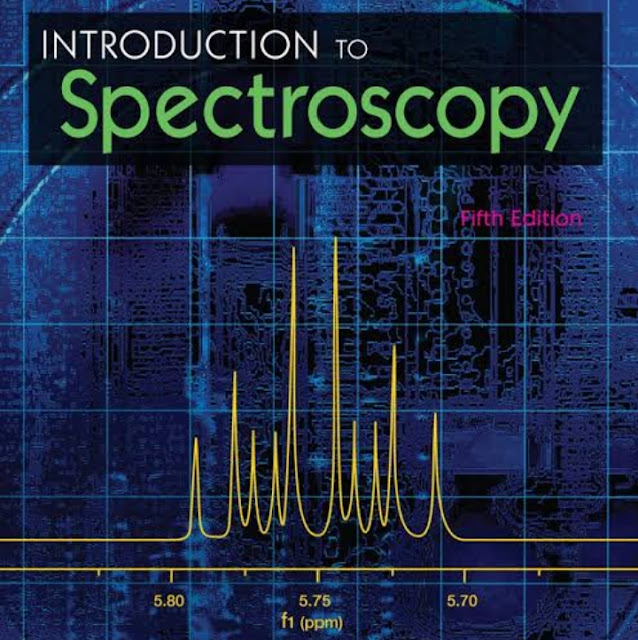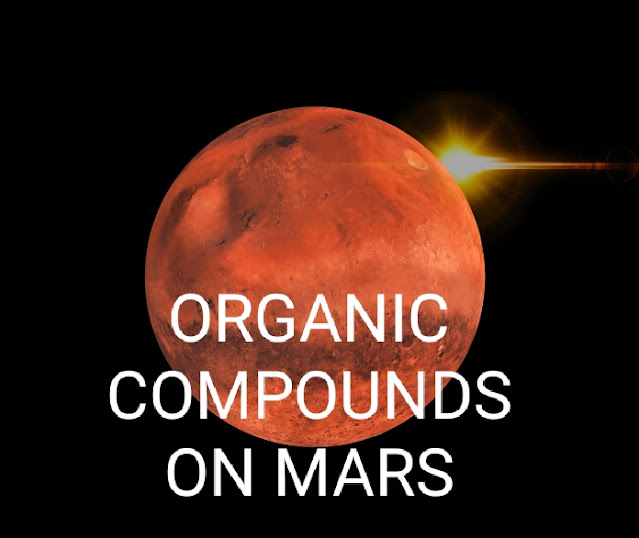SPECTROSCOPY IN ASTROCHEMISTRY!
Spectroscopy, the use of telescopes to measure the absorption and emission of light from molecules and atoms in various environments.
One particularly important experimental tool in astrochemistry is spectroscopy. By comparing astronomical observations with laboratory measurements, astrochemists can infer the elemental abundance chemical compositions, and temperatures of stars and interstellar clouds. This is possible because ions, atoms, and molecules have characteristics spectra: that is, the absorption and emission of certain wavelengths (colour) of light, often not visible to the human eye. However these measurements have limitations, with various types of radiation (radio, infrared, visible, ultraviolet, etc.) able to detect only certain types of species, depending on the chemical properties of the molecules. Interstellar formaldehyde was the first organic molecule detected in the interstellar medium.
Perhaps the most powerful technique of detection of individual chemical species radio astronomy, which has resulted in the detection of over a hundred interstellar species, including radicals and ions, and organic (i.e., carbon based) compounds, such as alcohols, acids, aldehydes and ketones. One of the most abundant interstellar molecules coma and among the easiest to detect with radio waves (due to its strong electric dipole moment), is CO (carbon monoxide). In fact, CO is such a common interstellar molecule that it is used to map out molecular regions. The radio observation of perhaps the greatest human interest is the claim of interstellar glycine, the simplest amino acid, but with considerable accompanying controversy. One of the reasons why this detection was controversial is that all the radio (and some other methods like rotational Spectroscopy) are good for the identification of simple species with large dipole moments, they are less sensitive to more complex molecules, even something relatively small like amino acids.
Moreover such methods are completely blind to molecules that have no dipole. For example, by far the most common molecule in the universe is H2 (hydrogen gas), but it does not have a dipole moment, so it is invisible to radio telescopes. Moreover, such methods can't detect species that are not in the gas-phase. Saints dance molecular clouds are very cold (10-50K = –263 to –233°C = –440 to –370 F), most molecules in them (other than hydrogen) are frozen, i.e., solid. Instead of hydrogen and these other molecules are detected using other wavelengths of light. Hydrogen is easily detected in the ultraviolet (UV) and visible range is from its absorption and emission of light (the hydrogen line).
Moreover, most organic compounds absorb and emit light in the infrared (IR) so for example, the detection of methane in the atmosphere of Mars was achieved using an IR ground-based telescope.
Infrared astronomy has also revealed that the interstellar medium contains a suite of complex gas-phase carbon compounds called polyaromatic hydrocarbons, often abbreviated PAHs or PACs. These molecules, composed primarily of fused rings of carbon (either neutral or in an ionized state), are said to be the most common class of carbon compound in the Galaxy. They are also the most common class of carbon molecule in meteoroids and in commetry and asteroidal dust (cosmic dust). These compounds, as well as the amino acids, nucleobases, and many other compounds in meteoroids, carry deuterium and isotopes of carbon, nitrogen, and oxygen that are very rare on Earth, attesting to their extraterrestrial origin.
Infrared astronomy has also been used to assess the composition of solid materials in the interstellar medium, including silicates, kerogen-like carbon-rich solids, and ices. This is because unlike visible light, which is scattered or absorbed by solid particles, the IR radiation can pass through the microscopic interstellar particles, but in the process there are absorptions at certain wavelengths that are characteristic of the composition of the grains. As above with radio astronomy and there are certain limitations, e.g. N2 is difficult to detect by either IR or radio astronomy.
Search IR observations have determined that in dense clouds (where there are enough particles to the destructive UV radiation) thin ice layers coat the microscopic particles, permitting some low-temperature chemistry to occur. Since hydrogen is by far the most abundant molecule in the universe, the initial chemistry of these ices is determined by the chemistry of the hydrogen. If the hydrogen is atomic, then the H atom reacts with available O, C and N atoms, producing "reduce" species like H2O, CH4 and NH3. However, if the hydrogen is molecular and thus not reactive, this permits the heavier items to react or remain bonded together, producing CO, CO2, CN, etc. These mixed-molecular ices are exposed to ultraviolet radiation and cosmic rays, which results in complex radiation-driven chemistry. Lab experiments on the photochemistry of simple interstellar ices have produced amino acids. This similarity between interstellar and cometary ices (as well as comparisons of gas-phase compounds) have been invoked as indicators of a connection between interstellar and cometary chemistry. This is somewhat supported by the results of the analysis of the organics from the comet samples returned by the Stardust mission but the minerals also indicated a surprising contribution from high-temperature chemistry in the Solar Nebula.









Comments
Post a Comment